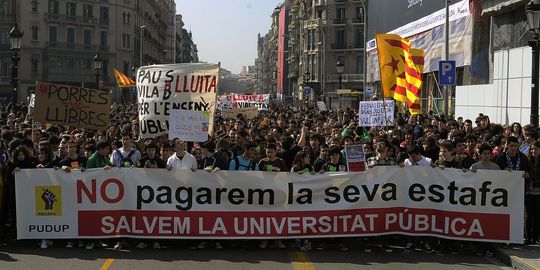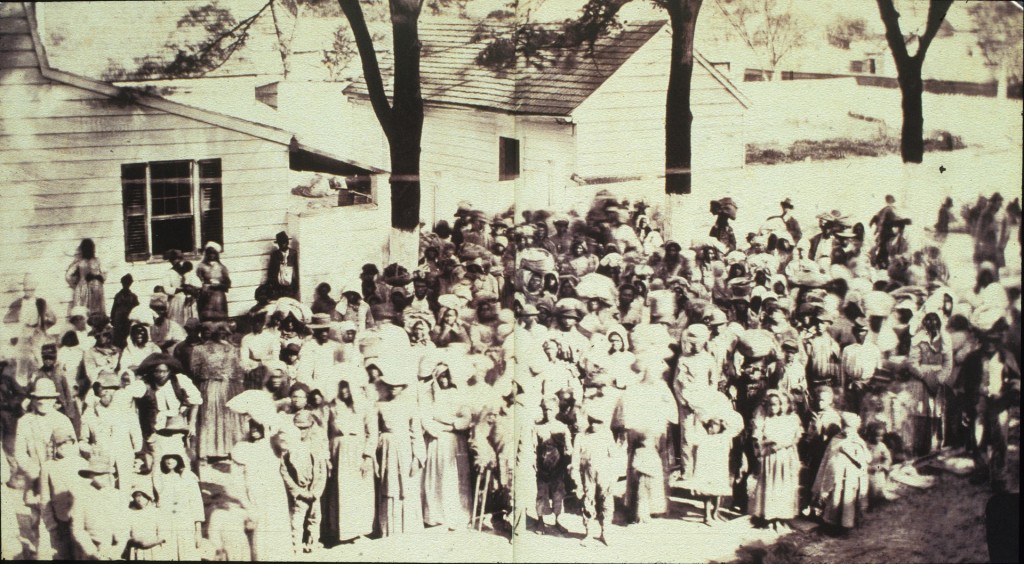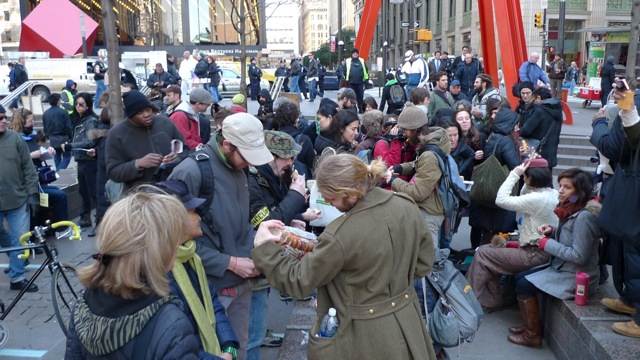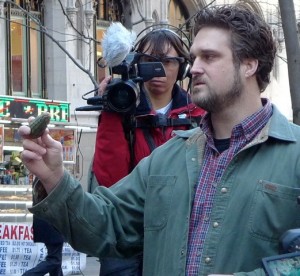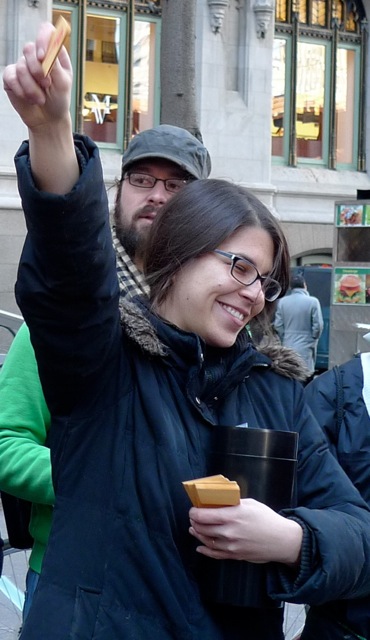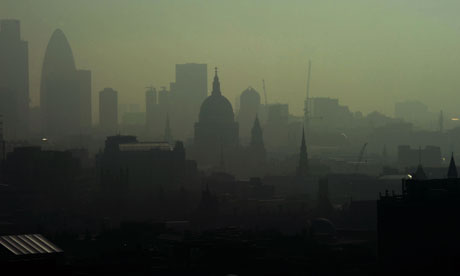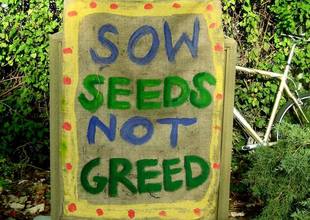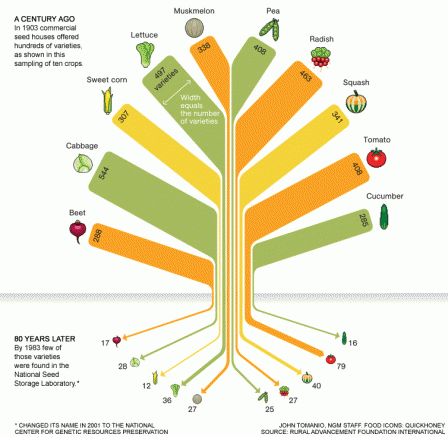Yesterday the Dow crossed 13,000 for the first time since the crash of 2008. Things have not gone so well for the 99%. Today was a global day of action against the rule by banks. Rendered into Greek, this becomes “trapezocracy” from “trapeza,” ancient and modern Greek for bank. Rule by and for the “banks,” meaning the transnational neo-liberal financial order is what Occupy makes visible and challenges.
Today’s OWS protest in New York made visible several pillars of trapezocracy. The first stop was Pfizer, key player in Big Pharma, followed by a teach-in and rally outside the Bank of America Tower. The NYPD chimed in helpfully by barricading off the otherwise anonymous glass towers and saturating 42nd St with an overkill presence, including lots of men on motorized scooters. This isolating strategy made the corporate invisibility visible in a way that simple protest would not. The trapezocrats came out of their little cubicles to photograph us, although they might want to consider that cell-phone photos from long range behind glass don’t come out all that well.
The “trapeze” in trapezocracy indicates nicely the wild market swings that neo-liberalism has made its trademark, in which they sell overpriced products like derivatives on the upswing, even as they bet against them with by “shorting” the market (a bet that prices will fall). The new OWS Plus Brigades, dressed as clowns, superheroes and other circus performers, visualized the comedy of errors very nicely.
Standing across from BoA in the cold rain this morning, Matt Taibbi of Rolling Stone reminded us that it is a profoundly corrupt institution, surviving only because of enormous tax payer support. Its miserable stock price would have brought any other company into bankruptcy but it survives because markets believe the government will always support it.
Some of the details he was impressively able to recall were remarkable: the sub-prime bonds that banks issued against mortgages were ranked as AAA: only four corporations in America have AAA rating. Warren Buffet’s Berkshire Hathaway with over $20 billion in capital is AAB. But a set of bonds drawn against random people’s mortgages, many of whom were shuffled through the process in the most negligent way, were AAA. One Bank of America employee alone recalled forging 8000 documents a month to facilitate creating more mortgages.
Meanwhile the administration has encouraged BoA to move its corrupted $73 trillion in derivatives from the speculative end of the bank to the federally-insured depository side. Now every taxpayer in America owes for BoA’s speculative bets. But should a student or homeowner ask for rescheduled debt, lower interest or reduced principal, the cry of moral turpitude goes up all around.
Elsewhere in his magazine today, you can read the Wikileaked document from the Department of Homeland Security on OWS:
The continued expansion of these protests also places an increasingly heavy burden on law enforcement and movement organizers to control protesters. As the primary target of the demonstrations, financial services stands the sector most impacted by the OWS protests.
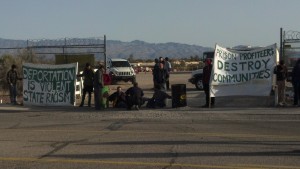 In Arizona, a small group of protestors shut down a G4S privately-owned detention and deportation “facility” by direct action. As Angela Davis has long reminded us, the prison-industrial complex is the negation of abolition democracy, as well as a highly profitable privatized “enterprise.” By the way, if you are a university employee with a TIAA-CREF pension, you are a shareholder in G4S. The company resorted to cutting down their own fence to get out!
In Arizona, a small group of protestors shut down a G4S privately-owned detention and deportation “facility” by direct action. As Angela Davis has long reminded us, the prison-industrial complex is the negation of abolition democracy, as well as a highly profitable privatized “enterprise.” By the way, if you are a university employee with a TIAA-CREF pension, you are a shareholder in G4S. The company resorted to cutting down their own fence to get out!Across the Atlantic, at the occupied Acelor Mittal steel furnace in France, a joint union picket closed all operations down for 24 hours beginning yesterday morning French time, in defense of their jobs. Perhaps it was not a coincidence that turnout for the anti-austerity F29 protest in Paris was higher than expected, about 15,000:
And the indignados, who never went away, turned out all over Spain where unemployment is 23% and over 50% among 16-24 year-olds.
This student march in Barcelona in defense of the public universities was matched by similar rallies in Madrid, Valencia and across the country.
Finally, the Greek “parliament” today rubber-stamped the demands of the Troika, the very embodiment of Trapezocracy, cutting pensions and the minimum wage for a country deep in Depression. There were only symbolic protests, as people know the sell-out was done. The market responded by putting Greece into default anyway but the European Central Bank saved the Trapezocracy by opening yet another slush fund. This story is not even beginning to be over.
Tomorrow: M1 Occupy Education!




